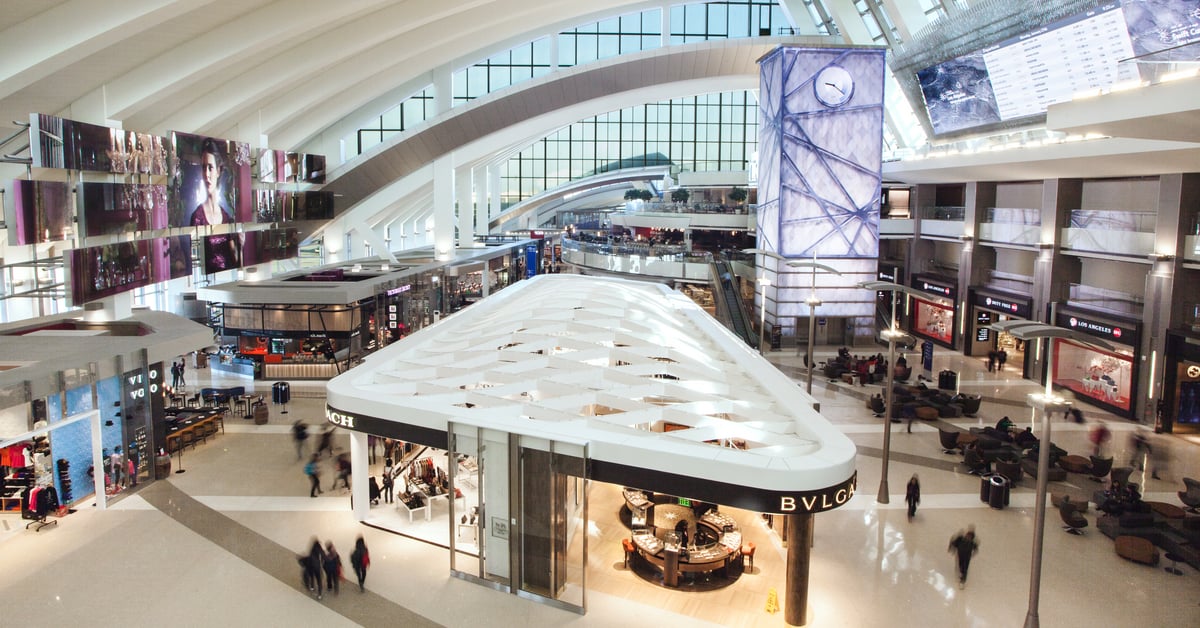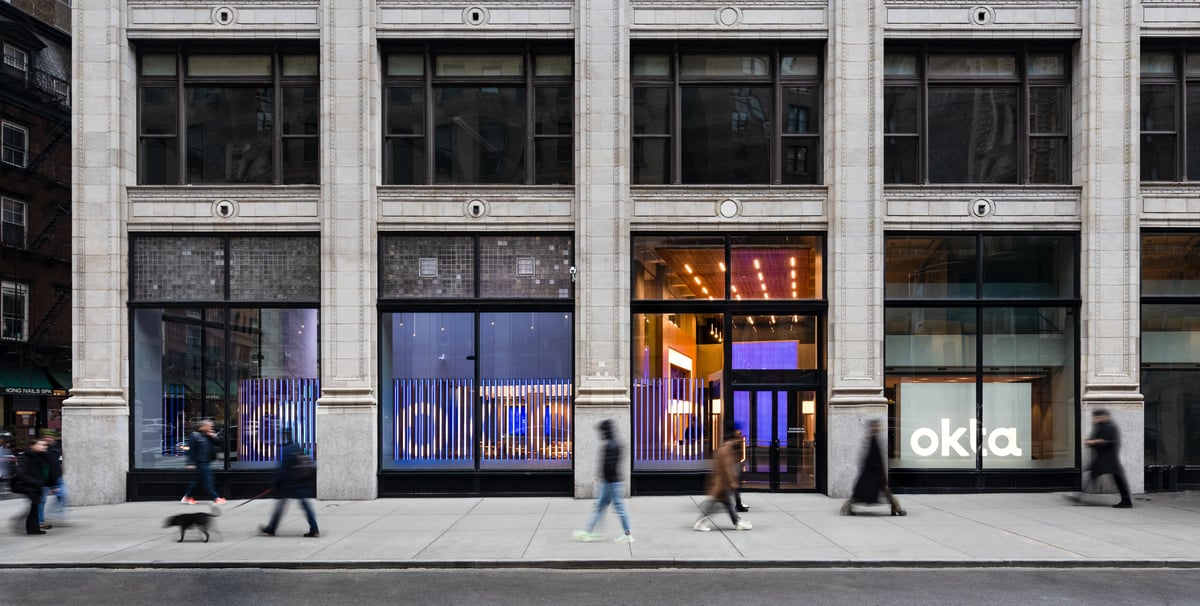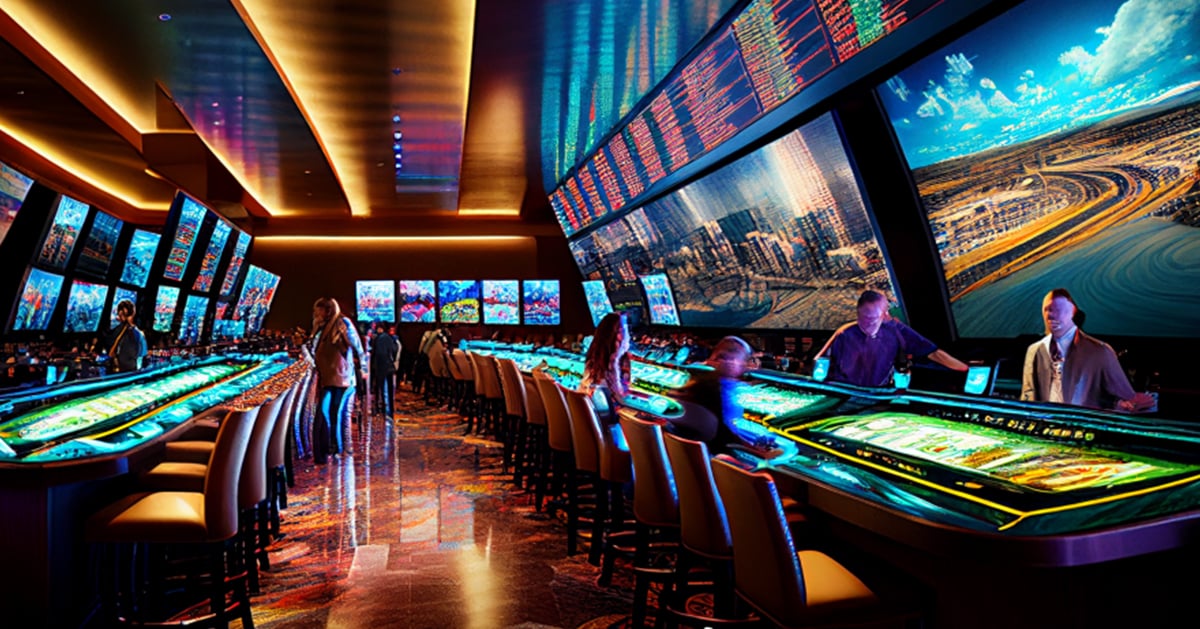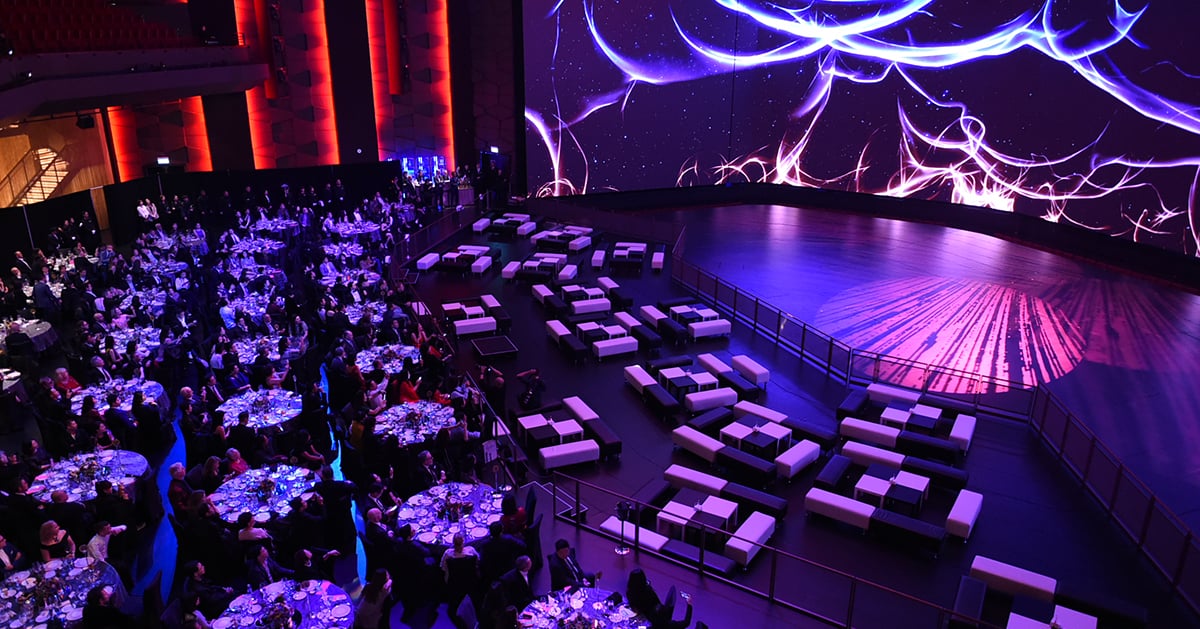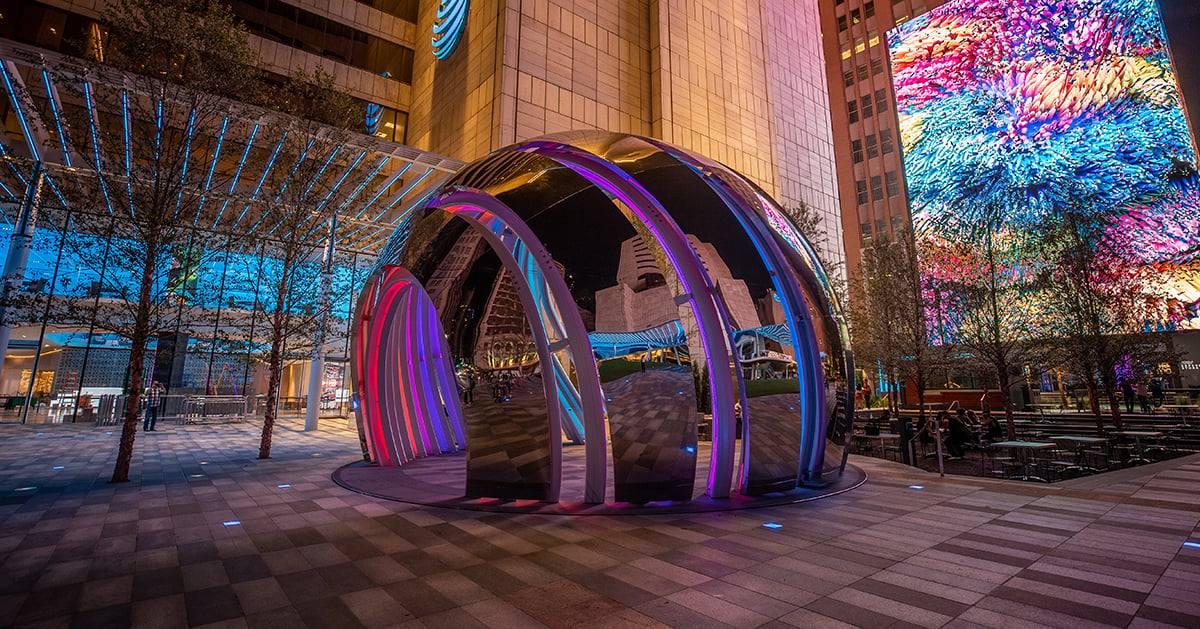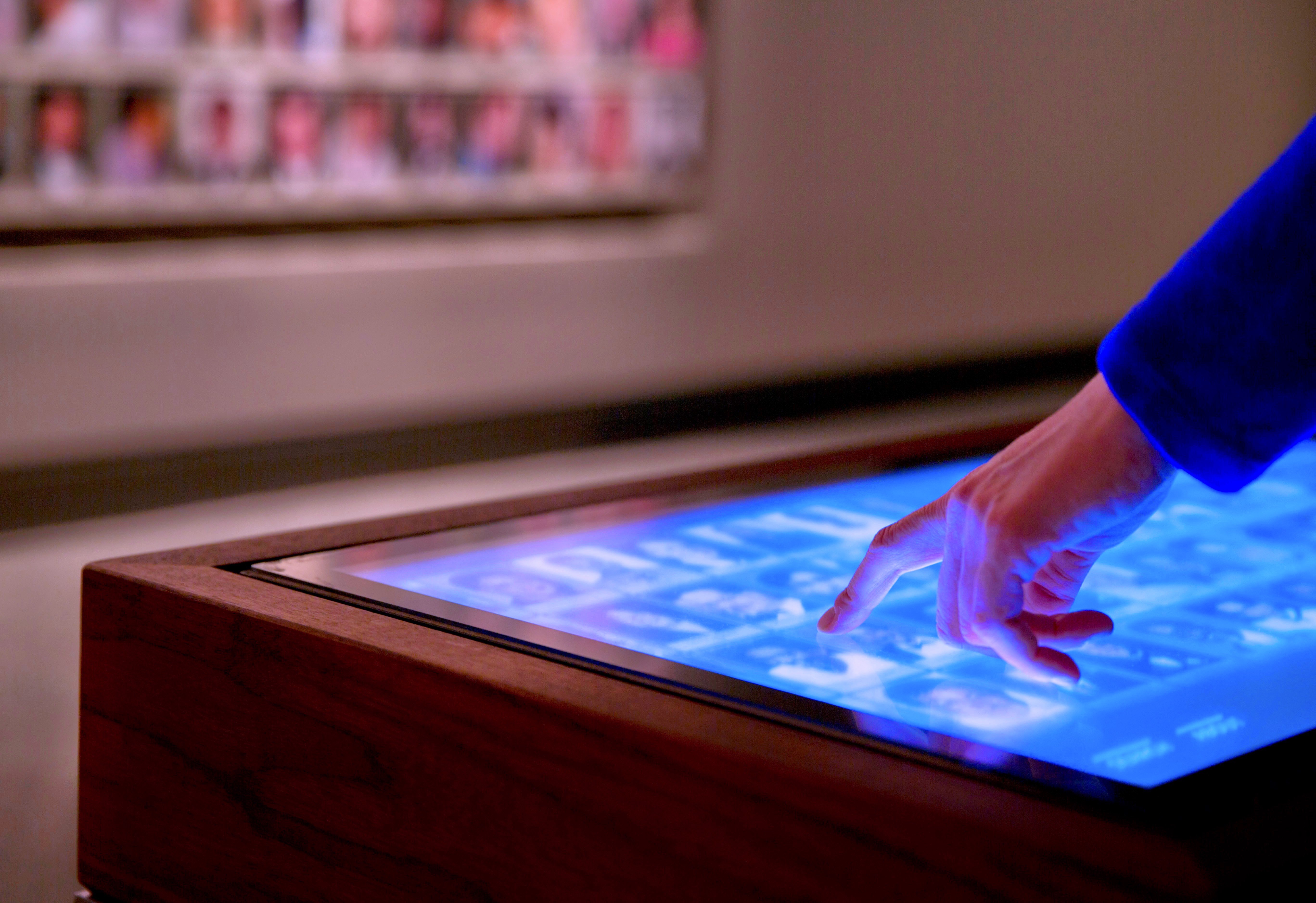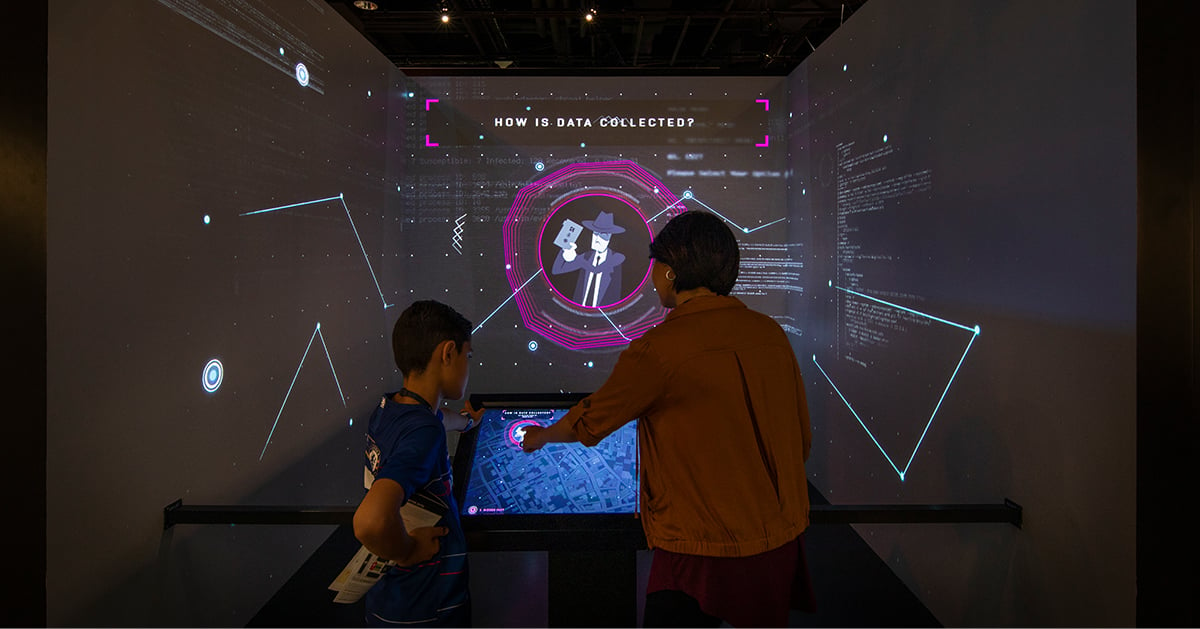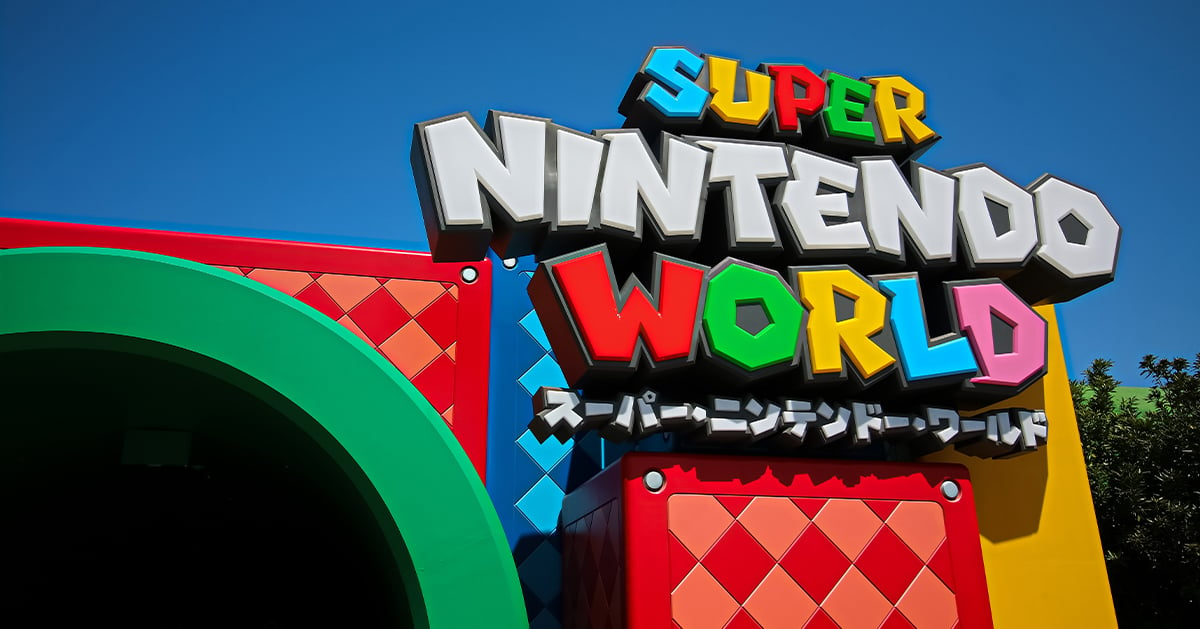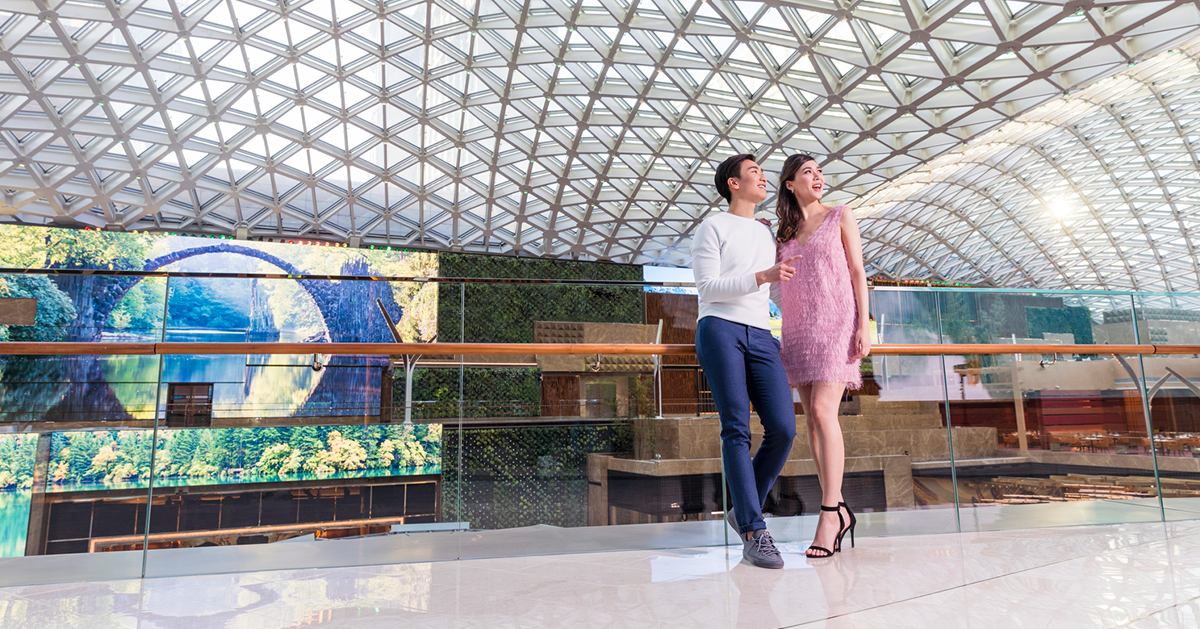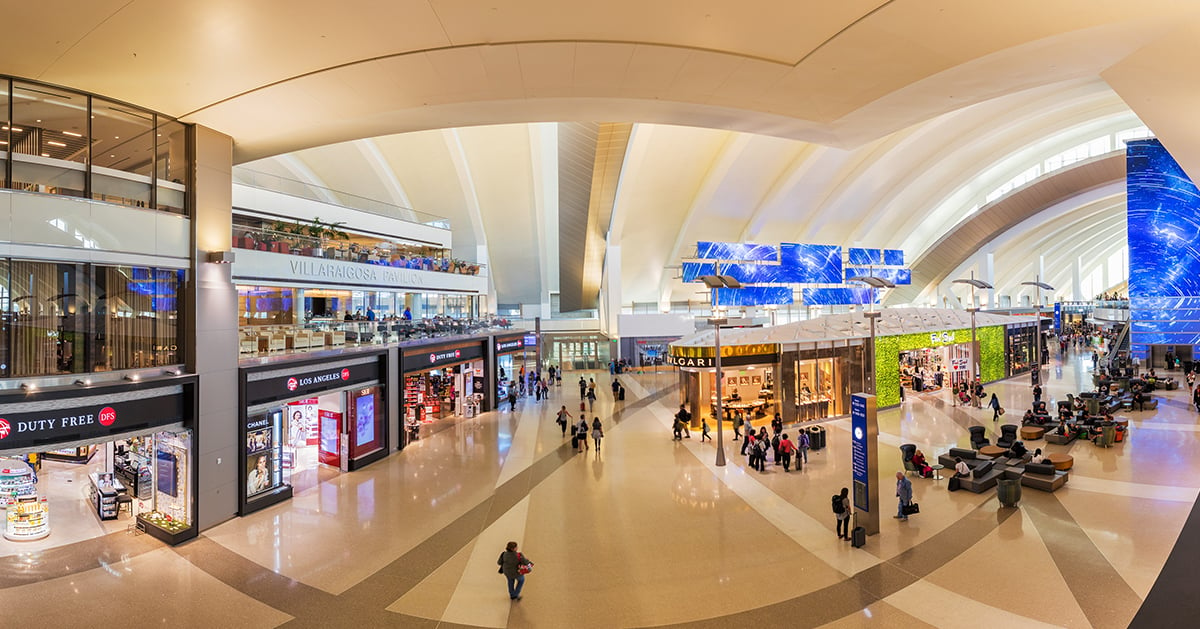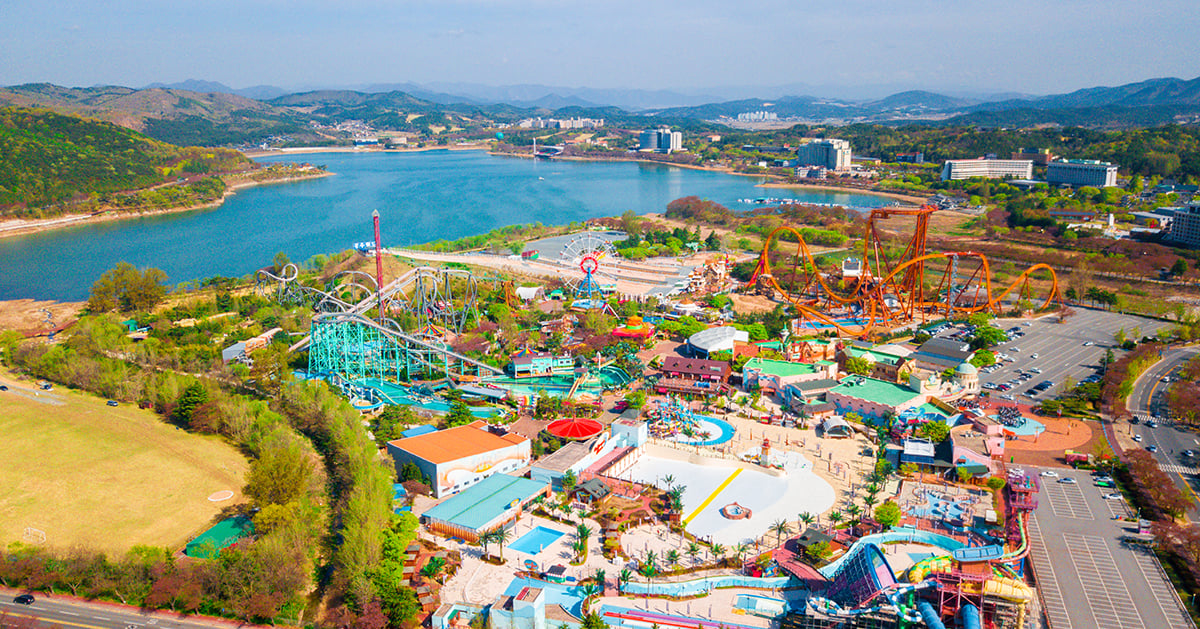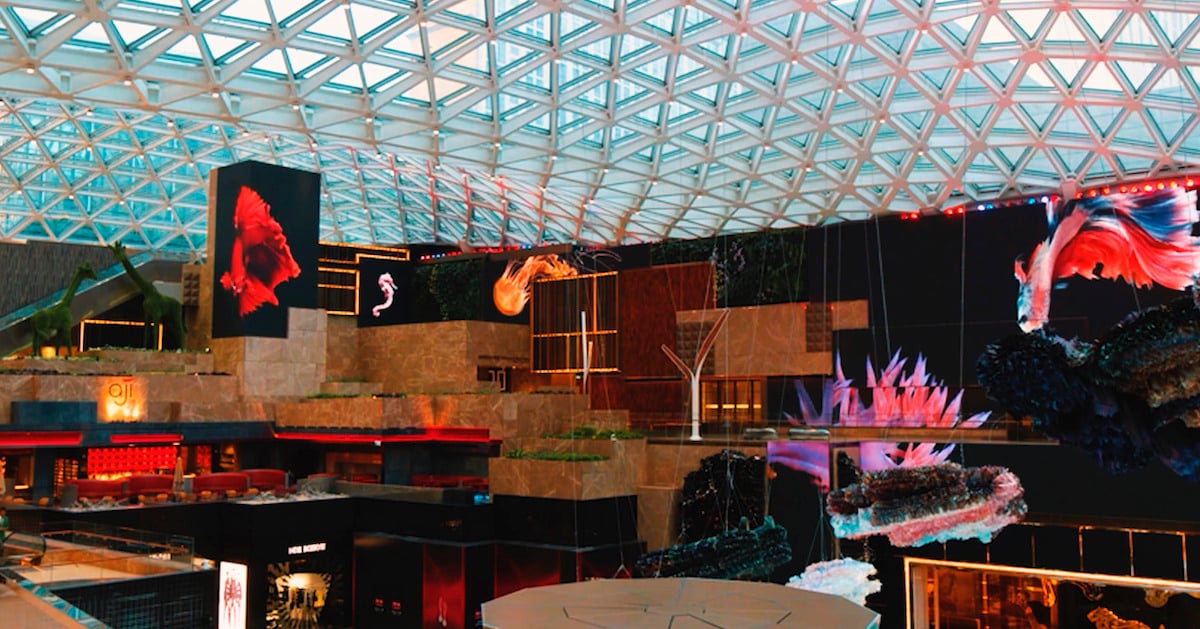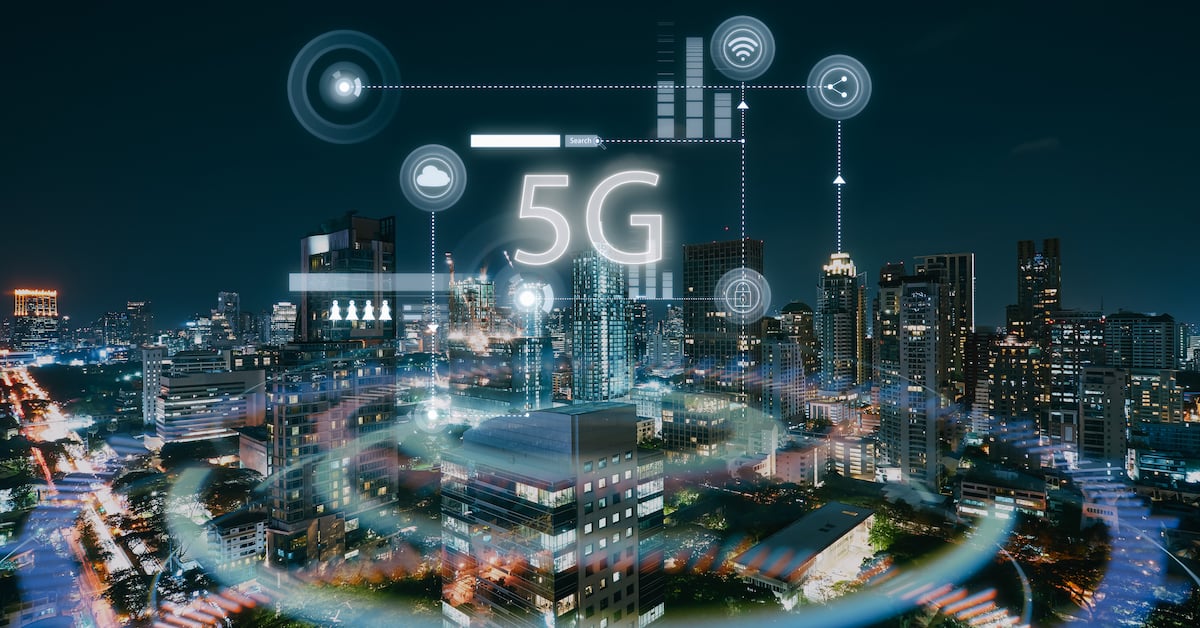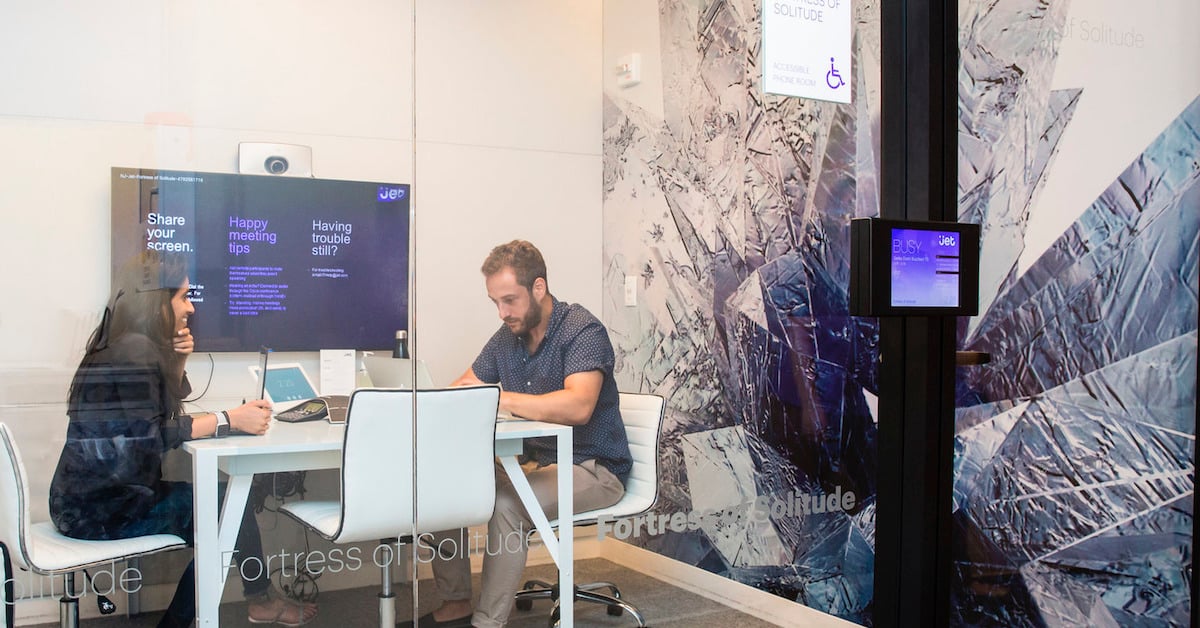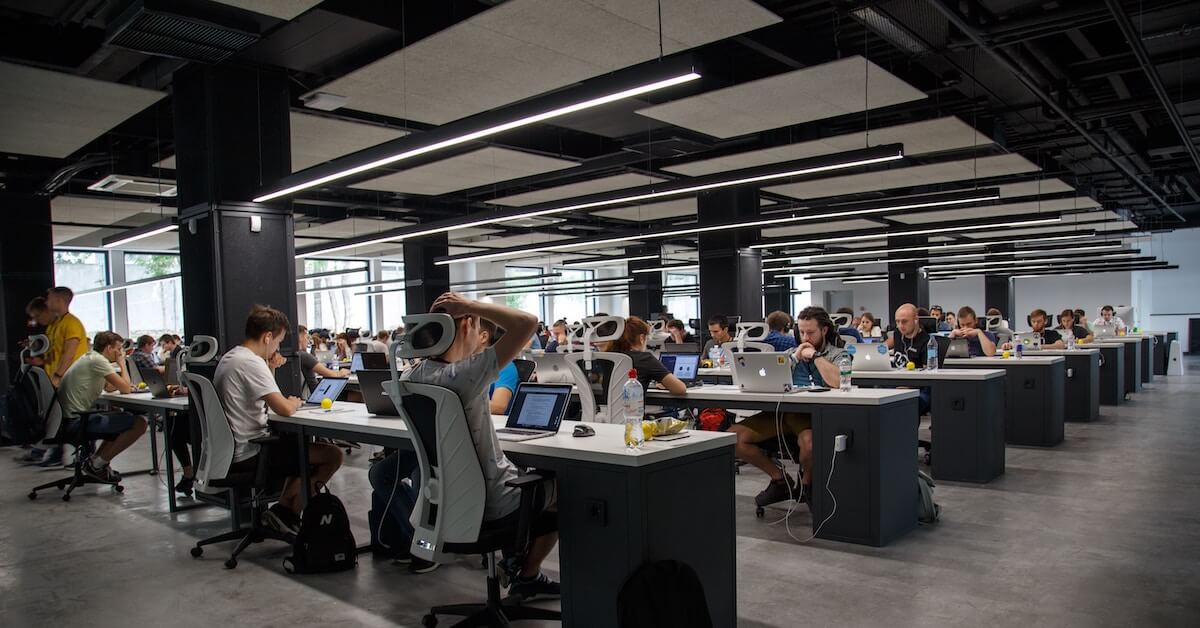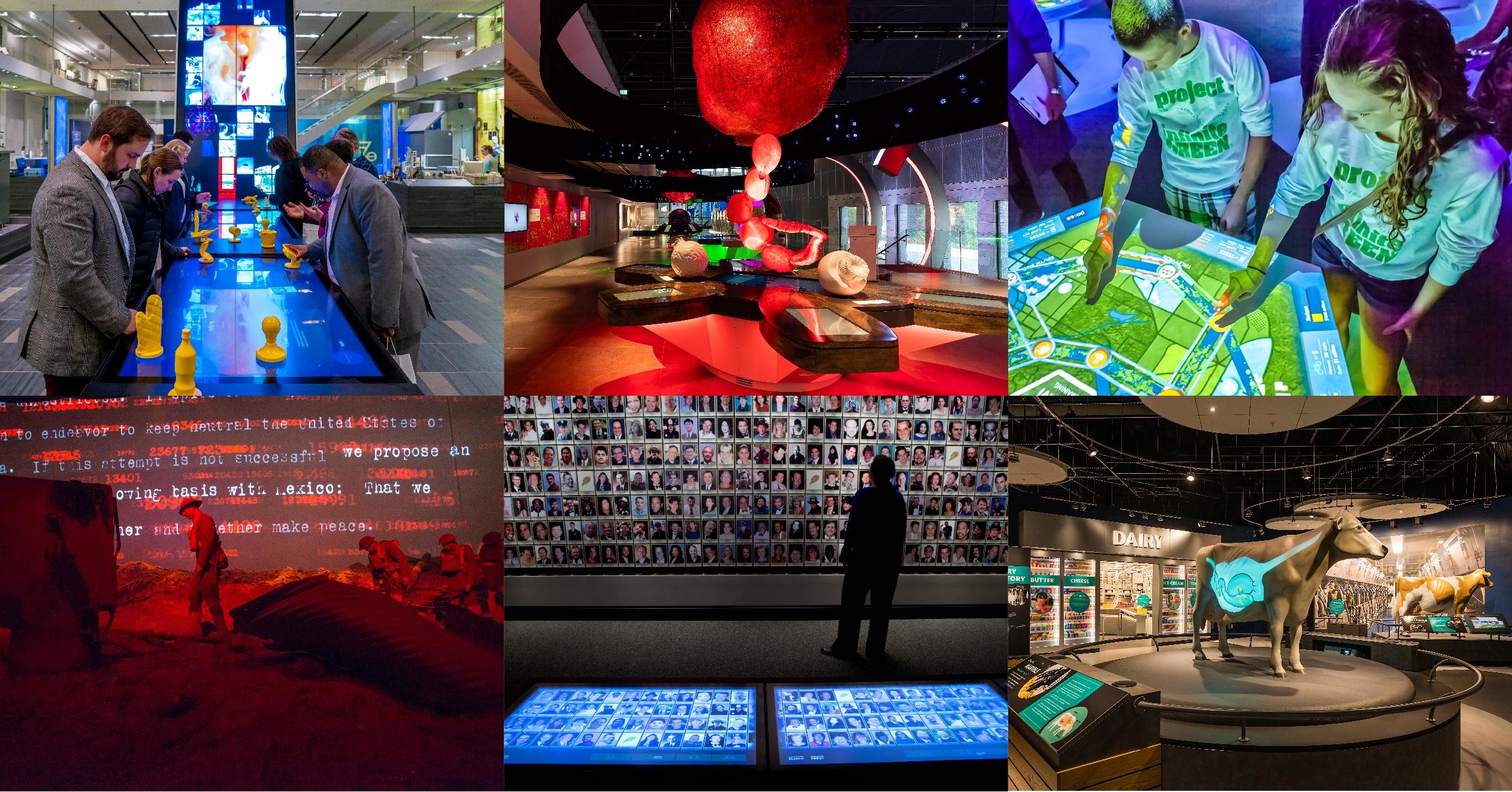
Observation Decks Deliver More than Just Views
The era of observation decks began over a century ago when the architectural wonder that is the Eiffel Tower opened at the 1889 World’s Fair. A state-of-the-art elevator allowed sightseers to ascend to its top and look out onto the Paris skyline.
Since then, observation decks have become even higher and more dramatic. However, much of the conversation has been about the design of the building and the view it delivered. Those things still draw millions of people each year to the likes of the CN Tower, Empire State Building and the Shard. But some innovative minds behind some well-known observation decks are refocusing efforts inside, creating rich and immersive experiences to educate, entertain and inspire.
These places have many stories to tell and combine audio, video, interactivity and personalization technology, mesmerizing content and architectural details. For any observation deck that wants to captivate audiences with more than a view, there are so many possibilities. Let’s look at some recent projects in this medium to reveal the kinds of immersive experiences you can create.
Summit One Vanderbilt Pays Homage to New York with Multi-Sensory Experience
Summit One Vanderbilt is New York City’s newest and most transformational attraction.
The adventure begins when guests enter at the basement level from Grand Central Terminal, the mood is set through a 180-degree theater pre-show experience. Then guests move to 3-D facial scanners to capture their faces for an interactive moment later on in the experience. Guests then walk through a synchronized audio and light installation on their way to the elevators which deliver an experience all their own.
Once at the top, they encounter a multi-sensor room called Transcendence, where infinity mirrors from floor to ceiling create an immense moment of scale. More light shows and audio dance around two-way mirrors as the sun sets. One floor up is the Unity experience, where guests see their previously scanned facial image on a 50-foot-long Samsung MicroLED.
Through the orchestrated integration of audio, light, digital content and interactive elements, the experience takes your breath away as much as the stunning views.

The Skydeck Experience at Willis Tower Engages Visitors with the Stories of Chicago
As one of the world’s tallest buildings, the Willis Tower in Chicago needs no introduction. It’s been a favorite for tourists and locals for years. To make it even more impressive, the owners wanted to use immersive technology to tell the city's story.
As guests enter the experience they’re met with an interactive museum on the lower-level. With the help of soundbites, animation, motion graphics, lighting effects, video, physical models and special effects, guests get to step back to Chicago’s beginnings.
That exhibit includes a large LED wall that captures the architectural skyline. The L-Train experience allows people to visit the city’s eight districts with video and CGI effects on windows. The leverages animated data to peer into the urban playground of Chicago.
On the 103rd floor, The Ledge is the main attraction. It’s a glass balcony projecting from the building framed by interactive displays where guests can share their experiences with the help of their smartphones.
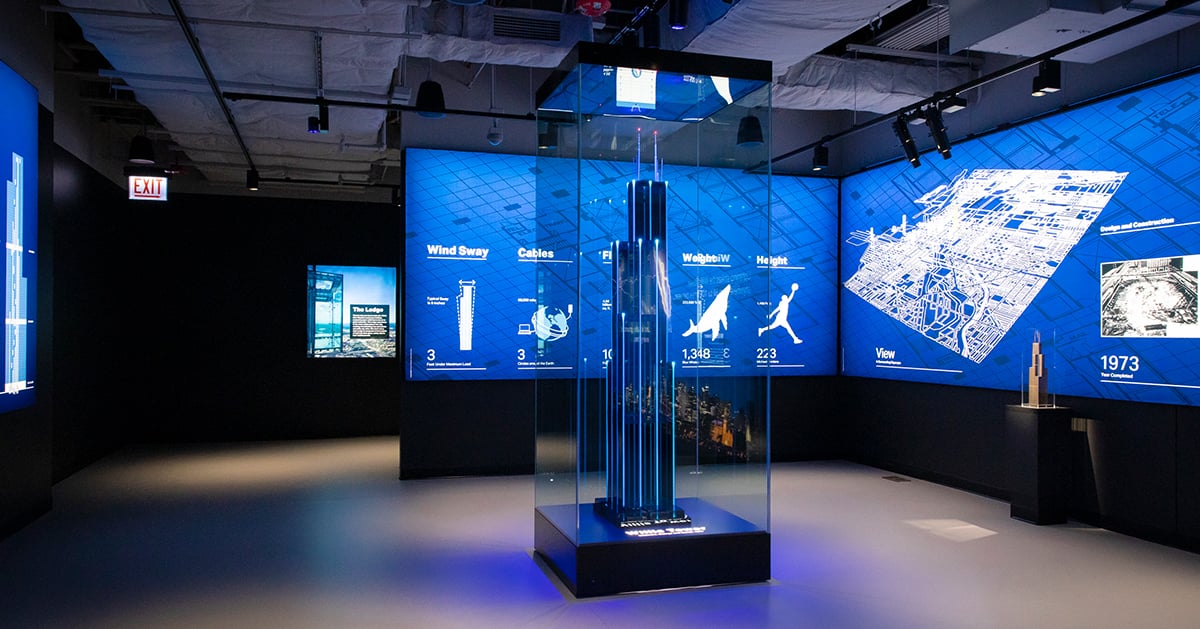
One World Observatory Enables Guests to Experience History
You can ride the Sky Pod to the 102nd floor of the western hemisphere’s tallest building, the One World Trade Center. The One World Observatory merges technology, architecture and storytelling. It begins when visitors enter the reception and receive a personalized welcome in their language. Video walls and voices are the next immersive elements, informing guests of the building and New York’s history.
Then it’s up to the top with the Sky Pod. While it only takes 47 seconds to reach the top, riders view an immersive time journey of Manhattan across the centuries. At the top, projection mapping unveils the See Forever Theater, opening to an amazing view. Other interactive elements enhance the experience beyond the skyline.

Vue Orleans Illuminates the Big Easy
From the top of this new attraction in New Orleans, visitors can see for miles, taking in Canal Street and the Mississippi River. It’s a 360-degree observation deck. Yet, the Vue Orleans has more stories to tell.
In the Confluence of Cultures exhibit, guests can interact with historical figures and learn about customs and traditions. It, too, has a surprise in the elevators, a ride that only lasts 60 seconds but delivers a fast take on the city’s beginnings to its present state. Visitors can also “try on” costumes worn at famous New Orleans festivals in the Dress for the Fest experience.
Observation Decks and Immersive Experiences: Technology Trends
From these four stunning examples, you can see that the technology, design, logistics and implementation aren’t simple. They required a long planning phase and multiple experts in the fields of technology design, architecture, project management, engineering, integrators, content creators and more.
In highlighting the technology trends on display in these observation decks, these are some of the most important.
Interactive displays
This technology has multiple types, including digital signage and interactive video walls. They are most useful as connectors between the guest and the experience, allowing them to become part of it, just like the Dress for the Fest exhibit and the Unity experience. They take the static and turn it into something more captivating. Plus, these displays are dynamic, enabling the change of content to refresh.
Projection mapping
This technique turns any object into a display surface for video. That makes it ideal for observation decks, which are rarely just four walls. It enables a story canvas to emerge in unexpected places.
Beamfoaming Audio
Sound is just as important as visuals in the projects above. Whether it’s oral storytelling or music, audio creates the enchantment. Beamfoaming describes the precise shaping and steering of beams in two dimensions. That, in turn, produces sound fields that cover audience areas of any shape or size. Without it, it’s hard to develop an immersive soundscape.
Special effects for every sense
There is a continuous theme of engaging all the senses throughout these observation deck projects. Visuals and audio are often the focus, but there are more opportunities for sensory seduction. Consider the use of in-floor vibration, infused smells, the continued play on mirrors that involves multiple senses and more. Immersive is about all the ways we respond to an environment; it’s not eyes and ears.
More personalization
The Unity exhibit is one example of personalization. Other museums have used interactive lanyards to place visitors in the story. This will become even more influential, as everyone wants a custom experience. RFID aerials that integrate with displays and sensors are the core of this, and content designers will develop ideas and worlds where people aren’t just observers but part of the exhibit.
Big Projects Can Lead to Big Challenges
Putting such a project altogether and installing it comes down to planning and coordinating. With so many components, stakeholders and diverse environments, challenges arise.
First, logistically, observation decks sit atop skyscrapers and unique spaces like elevators. It’s not as simple as installing interactive screens and other AV equipment. It requires in-depth planning and maneuvering just to get the logistics right.
Second, these projects are collaborations with lots of input. While everyone is working toward one vision, getting it right means coordination among trades and considering the interdependencies of pieces. Seamlessly executing this depends on agreement among the groups and the right timing.
Third is the overall expectation that immersive observation deck projects have innately. The goal of those that own or control the building is to create this interactive, engaging experience. They are looking for a lot of buzz and excitement to increase visitors and revenue. All those working on these projects have to consider the viewpoint of the owners and visitors, it’s up to designers and facilitators to find the synergies.
-1200.jpg?width=1200&name=TSOV1_N44-(1)-1200.jpg)
Observation Decks of the Future: What’s Next for These Experiences?
As technology innovates and imagination blooms, the fate of observation decks looks bright and immersive. Aligning the best technology to a vision doesn’t happen by accident. It begins with technology design consulting with a strategic partner to be a single point of coordination. It’s the ideal starting point for creating memorable moments in the sky.
Chris Johnson
Chris Johnson, Vice President of Sales at Electrosonic, brings almost 25 years’ experience in the cultural market to provide expert, first-hand insight into the award-winning technology strategies and trends that are driving innovation and outstanding visitor experience in museums, visitor centers, heritage centers and other cultural sites around the world.










.jpg?width=1500&height=995&name=ELC501_N17_medium%20(1).jpg)


![[Get the definitive guide to interactive displays]](https://no-cache.hubspot.com/cta/default/5104351/58678af3-c95b-4dbf-8a65-201dba3f0507.png)






















